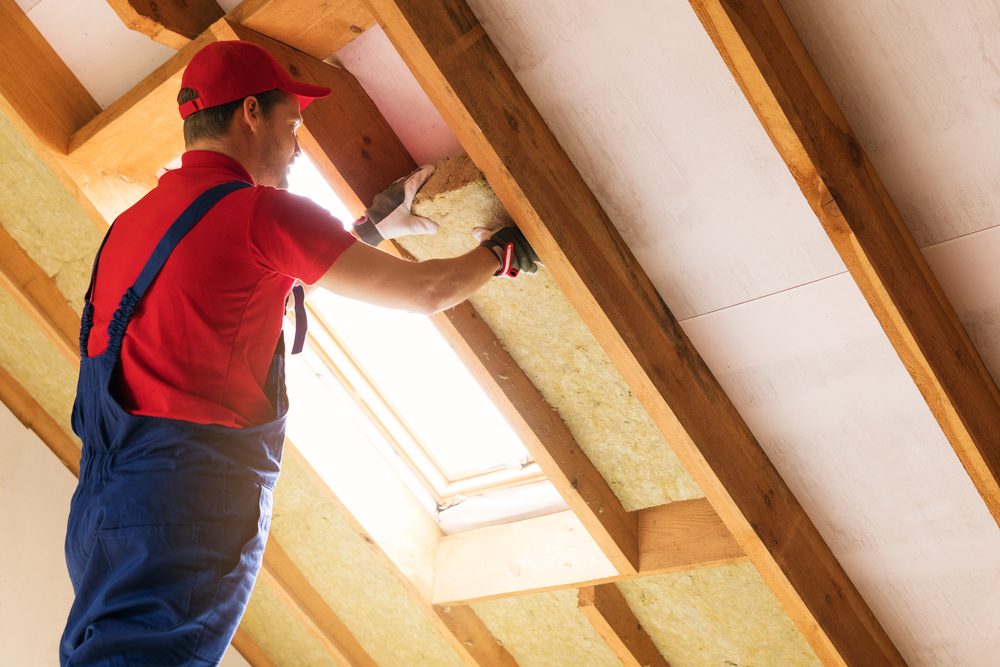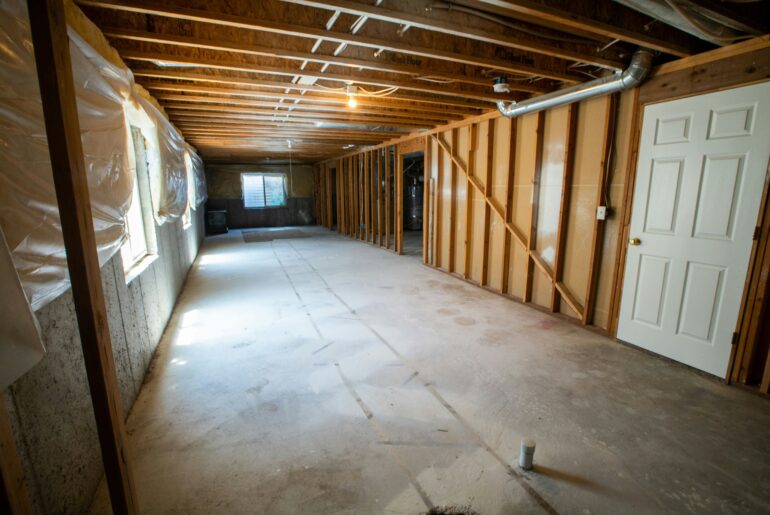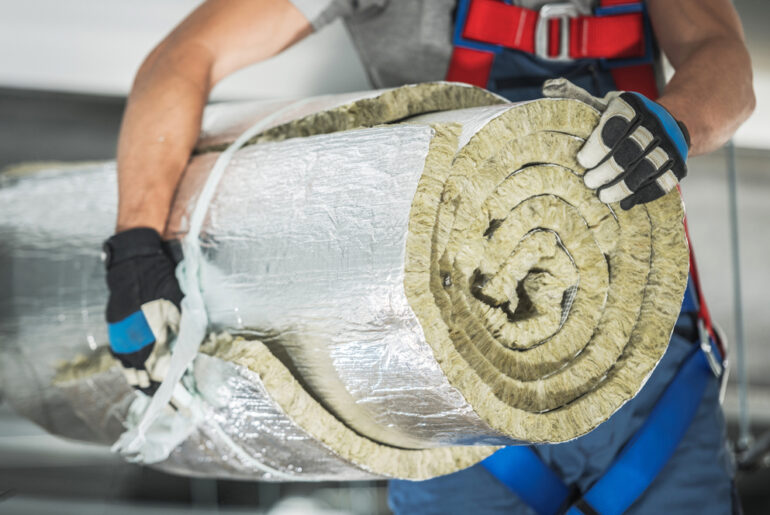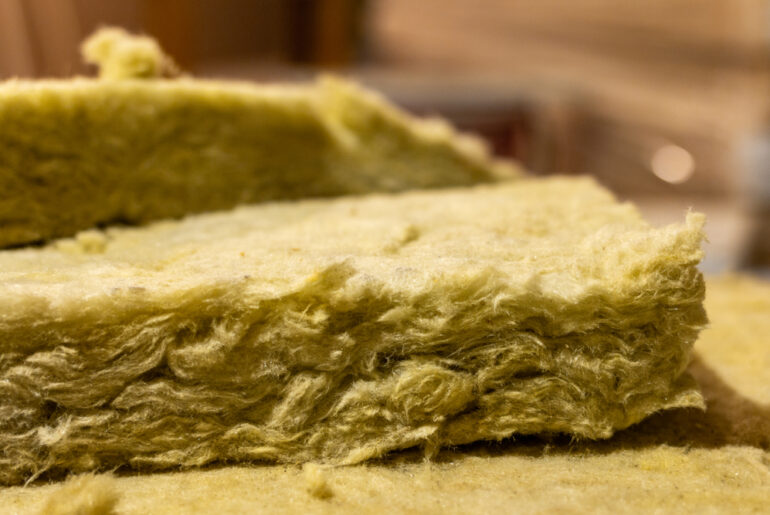A home can undoubtedly be under-insulated (millions of houses in the US and Canada suffer from this issue), but is it possible for a home to be over-insulated? In a nutshell, sure.
The truth is that there is a good trade-off between the initial expense of insulation and the long-term energy efficiency and savings you may anticipate. It also operates somewhat on a sliding scale.
Because achieving energy efficiency frequently doubles the levels necessary by local construction rules, the appropriate level of insulation to make a highly efficient and close to zero energy home is regularly questioned by builders. Keep in mind that the minimum threshold required by the building code is seldom the “optimal” quantity for a property.
Additionally, the majority of people associate cold temperature regions with insulation in homes. The appropriate amount of insulation will help you save money even in warm areas like those in the southern US states, where homes are mostly cooled rather than heated.
Can You Overinsulate Your House?
Homes require insulation, and adding more is usually a bright idea. But there might be a theoretical limit to how much is “enough.”
Energy is saved when insulation is added to a home, but the amount saved per inch decreases with each additional inch. The cost of putting in more insulation eventually becomes difficult to justify.
The Downsides of Having Too Much Insulation In Your House
Insulation Diminishing Returns
Installing new insulation properly should significantly reduce your long-term costs. Insulation investments can produce sustained, noticeable benefits. But eventually, your home’s insulation improves to the point where more material isn’t really necessary. The cost of installing it outweighs any little insulation benefit you could receive — or decreases your ROI.
Return on investment (ROI) is frequently used in business to describe an investment’s effectiveness. To calculate your return on investment in the case of insulation, divide the advantage it will bring you—specifically, your long-term energy savings—by the price of the initial expenditure.
At some point, the cost of the added insulation expenditure outweighs any efficiency gains you could get when you install further insulation, making it a poor ROI.
Expenses vs. R-Value
Your decreased return on investment is due to the way R-values function.
A rating system called “R-value” describes how efficiently a layer of insulation slows the flow of heat. The more R-value a piece of insulation has, the better it will be at blocking heat conduction. For improved thermal insulation, insulation with a high R-value is recommended.
High thermal insulation is, therefore, beneficial for your property. However, the newest layer of insulation is doing considerably less work for you each time you add one because there isn’t as much heat traveling through it. No matter how high their R-value, the new layers can’t add as much value because the first few layers took care of the bulk of the work.
That said, one layer is not always sufficient. In fact, the majority of homes require greater insulation, however, just up to a certain point. Eventually, further insulation is largely unnecessary and is a financial waste.
Lower Thermal Efficiency
If you keep adding to your insulation, you do run the risk of losing thermal efficiency. When the density is too high, you can lose R-value — this occurs more commonly with loose fill insulation due to the added weight causing it to settle. However, it can also be an issue with batt insulation if it is compressed.
Compression isn’t precisely the problem, however.
According to the North American Insulation Manufacturers Association:
“When you compress fiberglass batt insulation, the R-value per inch goes up, but the overall R-value goes down because you have less inches or thickness of insulation.”
The issue is the gaps the compression can leave behind. As the insulation is compressed, it leaves behind a cavity that is incompletely filled. For example, you have a batt of insulation that is 6.25″ thick with an R-value of 19. If you compress that batt to fit into a closed 2×6 wall, you lose .75″, dropping the R-value down to 18.
Greater Chance of Mold
Your home may become so over-insulated that it becomes unable to breathe, leading to moisture and eventually mold.
The goal of home insulation is to completely seal the inside of your house. However, moisture can become trapped inside those layers if the air can’t flow due to too much insulation. At that point, mold begins to develop.
Lowering Your Environmental Offset
In general, properly insulating your home benefits the environment. You can cut down on both the amount of energy you waste and the amount of energy you use each month by making your home more energy-efficient.
However, just as insulation is expensive to produce and install, it is costly to the environment when it is manufactured. Energy is needed to create insulation, which may also involve consuming natural resources and/or releasing greenhouse gases, depending on the materials utilized.
That compromise benefits the environment when there is adequate home insulation because energy use has decreased overall. The benefits to the environment become even better, when you use eco-friendly products.
However, if you over-insulate, you end up consuming excess resources with no discernible environmental benefit.
Can You Overinsulate Your Walls?
It is possible to over-insulate your walls which can lead to moisture concerns. Moisture can harm your interior and exterior walls. A house that is sealed up tight and overly insulated may have moisture issues which could lead to mold or mildew growth.
Your respiratory health might be seriously impacted by mold or mildew growth in your home. Inappropriate amounts of insulation can also lead to other issues, such as temperature differences between rooms or an unexpectedly warm second floor in the summer.
Can You Overinsulate Your Attic?
It is possible to over-insulate your attic. If your attic has too much insulation, the overfill of insulation makes condensation more likely. Why? Because thicker insulation prevents more radiant heat from entering the attic. While this is the whole point of installing insulation, there is an unintended consequence.
The roof sheathing will remain at the same temperature as the outside air if there is no heat radiation into the attic (or close to none). Cold, damp air that has entered the attic through the vents now encounters an extremely cold surface when it strikes the bottom of the roof sheathing. The sheathing is chilly, which causes the moisture to condense on the surface, where mold can form. It can spread to the surrounding insulation.
What’s The Right Amount Of Insulation?
| INSULATION TYPE | MATERIALS | APPLICATIONS | AVERAGE R-VALUE |
| Batts/Rolls | Fiberglass, mineral wool, plastic, natural fibers | Walls, foundations, floors, ceilings | 3.1 to 3.4 per inch |
| Loose Fill | Cellulose, fiberglass, mineral wool | Enclosed walls, attic floors, hard-to-reach places | 3.2 to 3.8 per inch |
| Rigid Foam | Polystyrene, polyisocyanurate, polyurethane, phenolic | Foundation walls, floors, ceilings, low-slope roofs | 3.6 to 8 per inch |
| Sprayed Foam | Cementitious, phenolic, polyisocyanurate, polyurethane | Enclosed existing walls, open wall cavities, attic floors | 3.8 to 7 per inch |
The right amount of insulation will vary depending on the type of insulation being used, the desired R-Value, and the size of the space being insulated.
You will require a different R-Value depending on where you live and the area of your home you are insulating — walls, crawlspace, attic. R-13 through R-23 is typically recommended for external walls, whereas R-30, R-38, and R-49 are frequently used for ceilings and attic areas.
However, if you live in the coldest parts of the country (like Northern Maine), you may need as much as R-60 in your attic. Whereas, if you live in Miami, you can get away with R-13 in most of your home.





